
Developer: Valentin Lievre
Publisher: Valentin Lievre
Platform: PC (Steam)
Tested On: PC (Steam)
Hex of Steel – Review
Barriers to entry are a dangerous thing; by making a game too hard or obtuse, players may feel unwelcome and quit before discovering how good the experience might be. Hex of Steel is one of such cases where the barrier to entry is massive. Despite having great and ingenious systems, simply becoming acquainted with them requires great amounts of time invested into this game.
Story
As a WWII-based wargame, Hex of Steel doesn’t have a story per se, narrating instead the actual historical events occurring during its campaigns. Upon starting a new one, players will be greeted by a panel informing them of the events that transpired before the current situation was reached, mentioning the current state of the war and which movements have been taken by the different factions.
Graphics
Hex of Steel’s graphics can be separated into two clear parts, these being the map design and anything related to UI. While the first is generally quite good, taking into account how the tiles have been designed to be used in a map editor, the latter is quite the opposite. As previously mentioned, the game features quite a large barrier to its entry, this being in great part due to the UI.
Simply put, the player is bombarded with information from the get-go, with numbers covering every unit token and both the top and bottom of the screen. While the tooltips provided by the developer lessen the confusion produced by such a large amount of data, they also add to the visual noise; making the UI design easily overwhelming.
Sound
The game’s sound design is pretty decent, made up of a small soundtrack comprising five different tunes and a plethora of SFX. These sound effects are quite realistic, matching the overall tone of the game. That said, it is easy for them to merge into a cacophony if several units are used in quick succession, although it might be intended to provide the atmosphere of a real war.
Gameplay
As previously stated, Hex of Steel belongs to the wargame genre, particularly using the tactical turn-based style of gameplay. Players control small battalions of units throughout the map in order to fulfill the objectives of the missions, generally consisting of holding specific tiles or capturing all enemy points.
During battles, each of the different units will have different strengths and weaknesses, represented as numbers in the tokens, indicating their resistance against other units, health, movement and attack range. Depending on the unit’s type, they will have different stats and deal more damage to others. The game also features the possibility to select modifiers for these units in the shop, such as the type of ammunition employed by aircraft, the infantry’s movement type, etc.
Based on what units players employ and how they are arranged, the more complex mechanics of the game will come into play. By placing several units together, support attacks may be triggered, allowing said units to deal damage together as long as those supporting the main unit are effective against the enemy. This can also be utilized during defense, in order to prevent losses and combined with ambushes for even more effective results.
Said ambushes trigger whenever units attempt to move through an area covered in fog of war where enemies await. Upon doing so, the hidden enemies will be revealed, cutting the unit’s movement in its tracks and granting the ambushers a bonus attack that cannot be defended against. On top of this, and the possible combination with support attacks, ambushes may also be utilized to cover supply routes, with the only possible counter being scout units revealing the position with their additional vision range.
By covering a supply route, the owner of said route will promptly be prevented from refueling their units until the blocked position is revealed. Upon doing so, a new route will be drafted by the game, although its monetary cost may increase. Efficient utilization of this mechanic may leave enemies unable to fight back or constantly losing money due to the additional costs.
Additionally, Hex of Steel features many other unique mechanics such as destructible structures, including bridges and enemy towns or factories. By destroying bridges, no units will be able to cross the river, lest an engineer unit is utilized as a makeshift bridge while repairing it, a process lasting 3 days. On the other hand, if a town or factory is destroyed, the enemy will lose all the possible income said tile might have generated, until it fixes itself after a similar period of time. To add to this, towns and factories may also be taken by other factions, shifting the income produced to their vaults.
It is also worth noting that the game provides an integrated multiplayer mode, where players may fight against other humans. Besides the matchmaking system, the multiplayer mode is in large part maintained by the discord community for the game.
Conclusion
Hex of Steel is an incredibly deep wargame with massive amounts of options that may make veterans of the genre truly delighted. That said, the game is not particularly welcoming to new players, lacking tutorial modes and only providing external Steam guides and videos. At a sale price of €24,99/£19.49/$24.99, wargame veterans looking for a new experience will be able to find it in Hex of Steel, but those looking for an entry point into the genre won’t find it here unless they decide to put hours into learning the systems.
Personal Opinion
“While I’m not a wargamer, I have enjoyed my fair share of turn-based tactical games, having spent a lot of time with a particular series this game really reminded me of: Advance Wars. Most of the systems seemed familiar to me thanks to having played that series before touching Hex of Steel. thanks to this, things such as refueling, terrain effects and unit advantages were all things I knew. Despite that, I still had a hard time getting started with the game. The UI is simply too cluttered and the unit tokens blend in together, with the most egregious case being that of the naval units. I won’t deny a great part of why I was able to understand how the game worked was thanks to the help provided by Valentin, the game’s creator, who spent over an hour calling with me explaining how everything worked. While the review’s score has to remain as objective as possible and the barrier to entry heavily factors in, I’d still very much recommend the game to those willing to give it enough time to understand just how much it provides.”
Hex of Steel - Review,
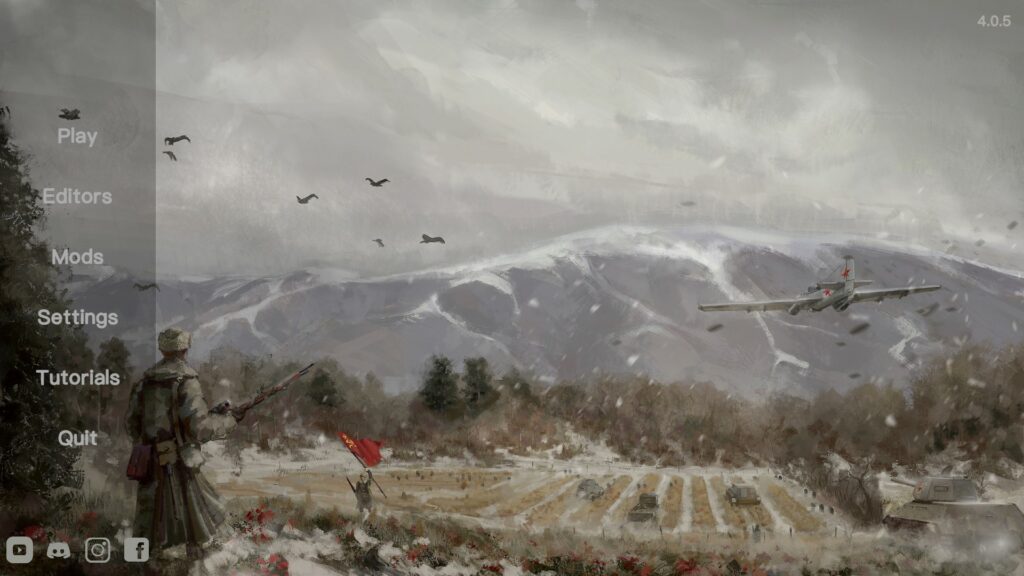
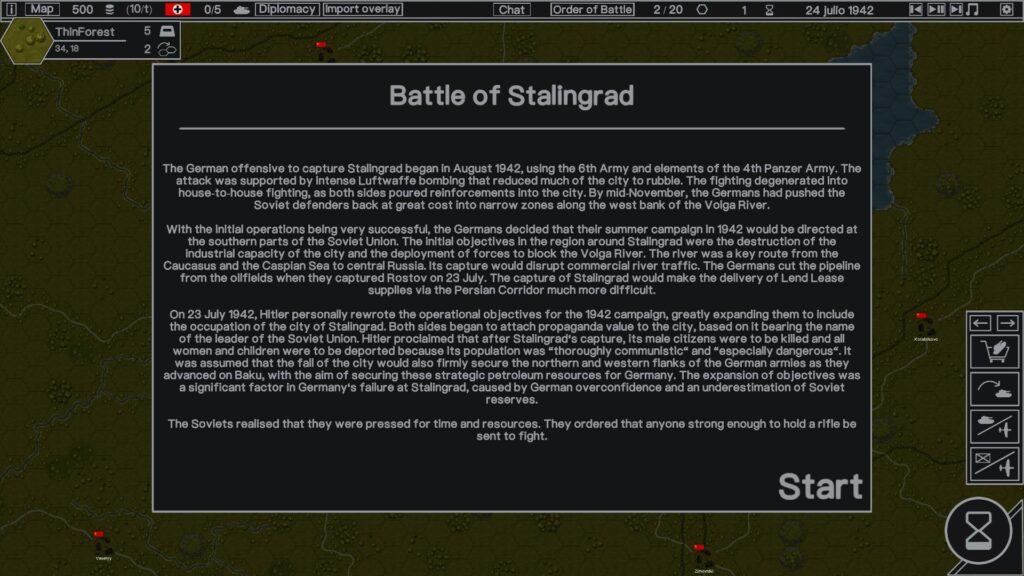
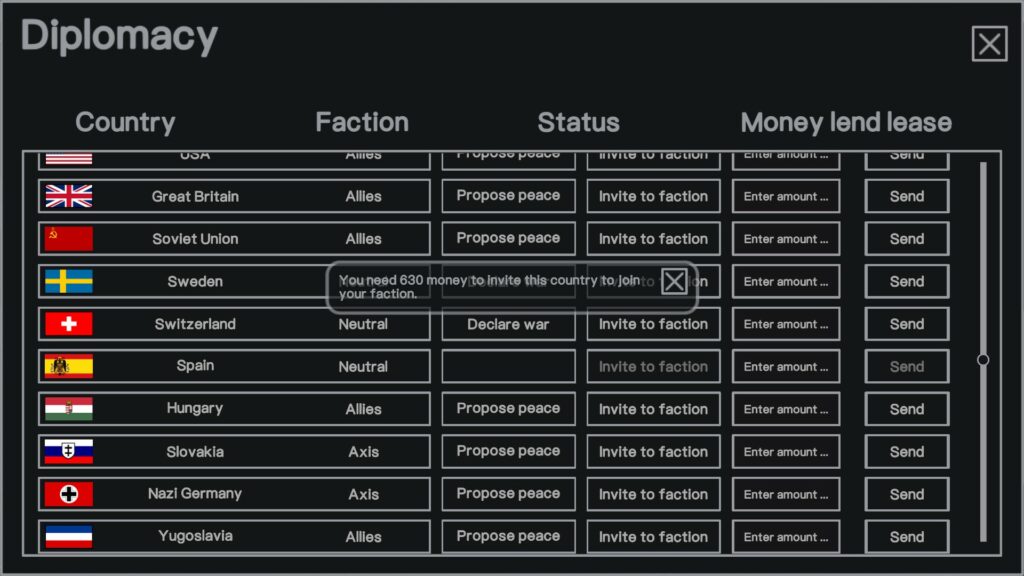
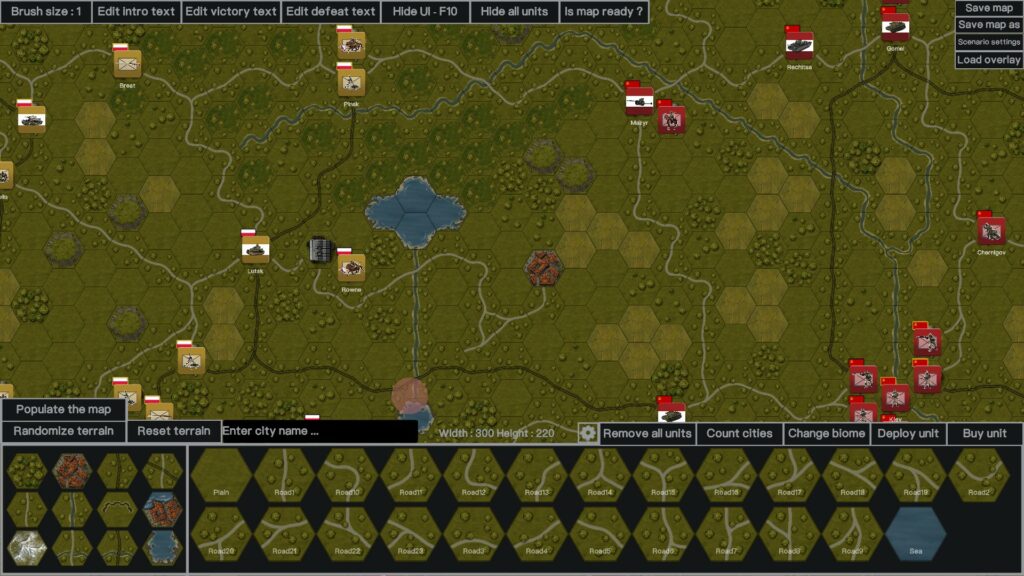
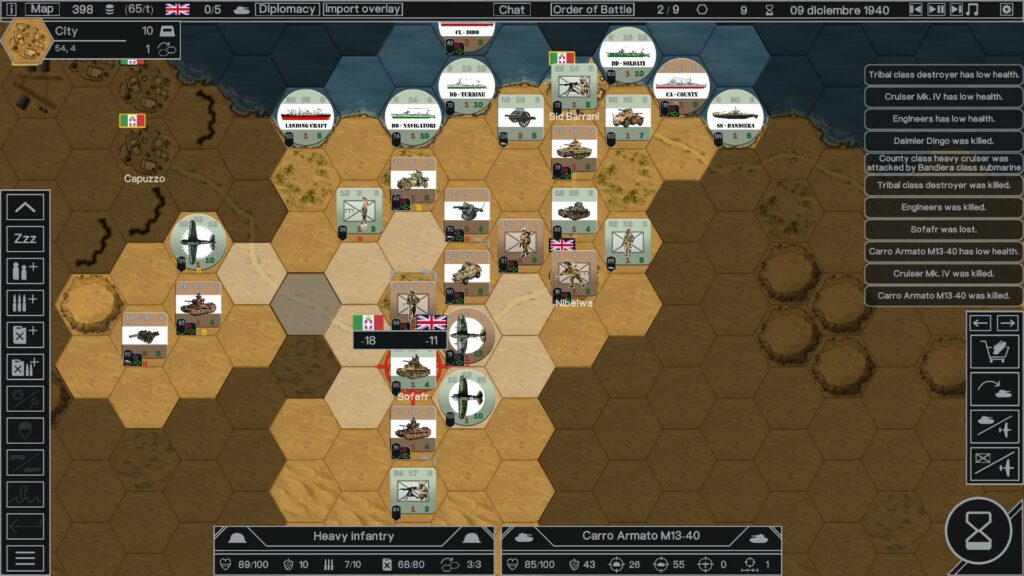




No Comments